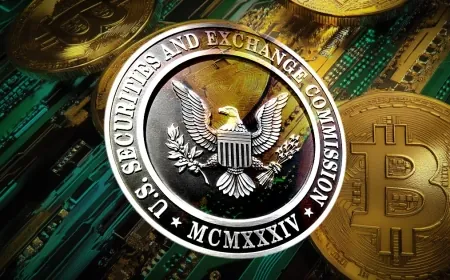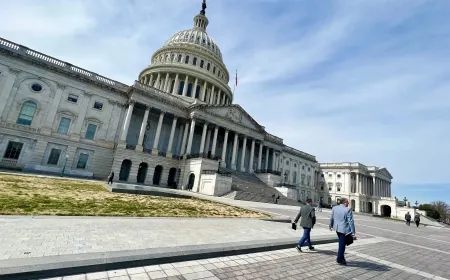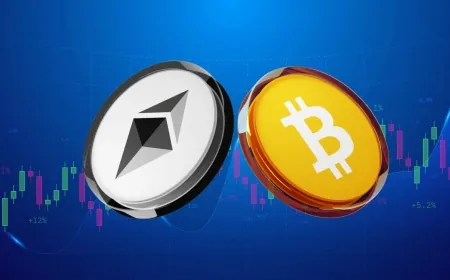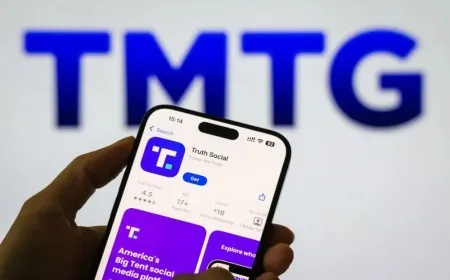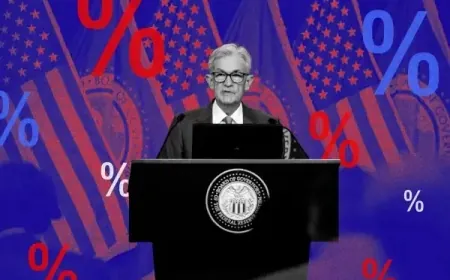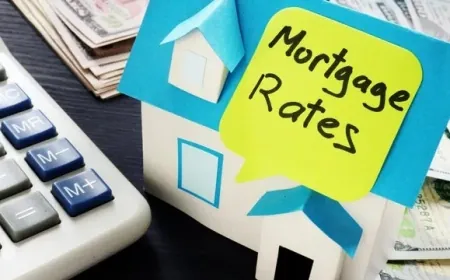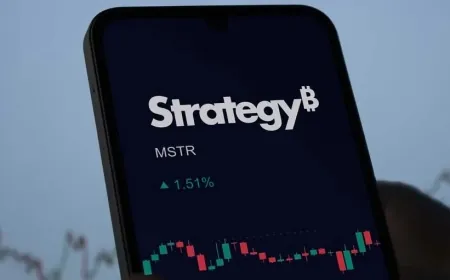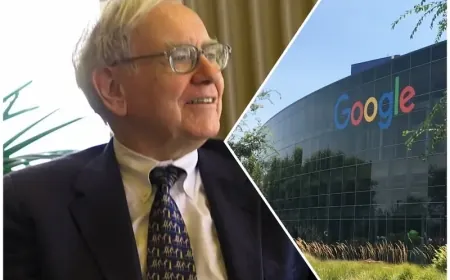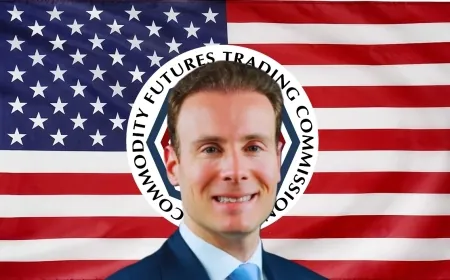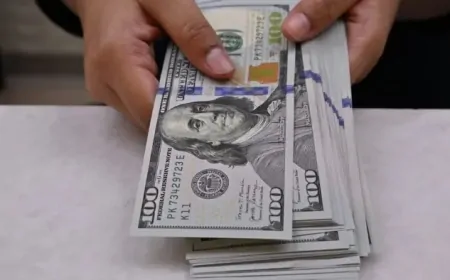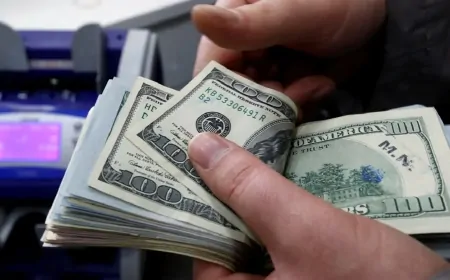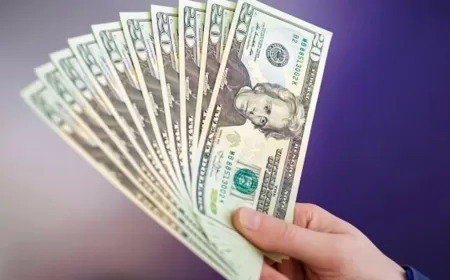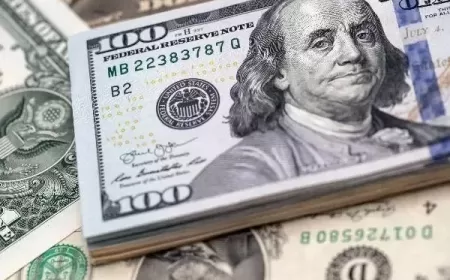Fed Rate Cut 2025: Impact on Mortgages, Credit Cards, HELOCs and Savings
The Fed cut rates to 4–4.25%. See how it affects mortgages, HELOCs, credit cards, and savings accounts, plus what borrowers and savers should expect.
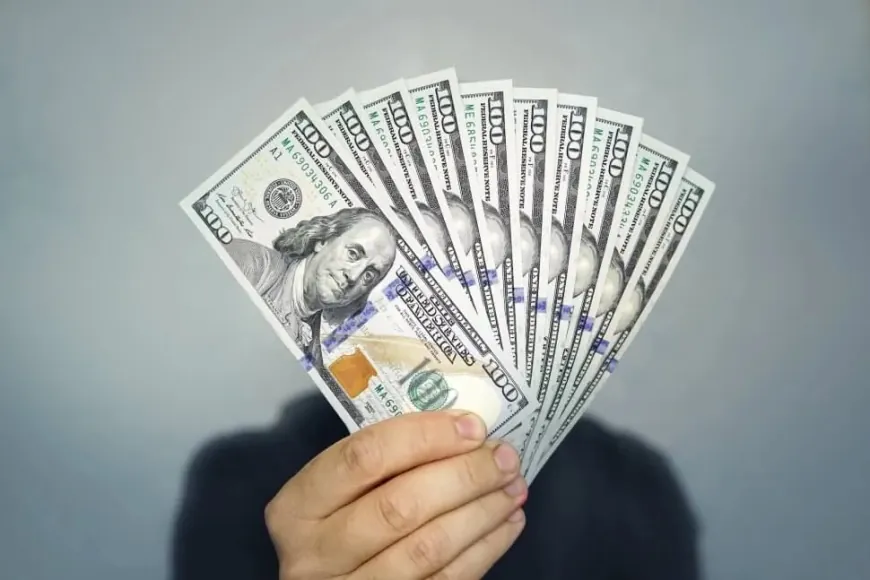
On Wednesday, the U.S. Federal Reserve announced its first interest rate cut in nine months, lowering the federal funds rate by 0.25 percentage points to a target range of 4.00%–4.25%. This decision marks a turning point in monetary policy after a long period of elevated borrowing costs aimed at cooling inflation.
The cut, though modest, is significant. According to projections from Fed officials, additional reductions are likely in the coming quarters—two more expected in 2025 and another in 2026—potentially lowering borrowing costs by a full percentage point over the next 18 months.
While markets had largely priced in this move, its real effects will be felt gradually and unevenly across households and businesses. Borrowers with variable-rate loans may see immediate relief, while savers could face shrinking returns.
Why the Fed Cut Rates Now
The Fed’s decision comes amid signs that inflation, while still above the 2% target, has moderated compared to its peak in 2022. The U.S. economy remains resilient, but cracks are visible: slower job growth, tighter business investment, and rising concerns over consumer debt.
-
Inflation: Consumer Price Index (CPI) inflation eased to 2.8% in August, down from 9.1% in mid-2022.
-
Unemployment: Joblessness stands at 4.2%, slightly above the 50-year low of 3.4% seen last year.
-
Household Debt: U.S. household debt reached $17.7 trillion in Q2 2025, according to the New York Fed, with credit card balances hitting an all-time high of $1.33 trillion.
At the post-meeting press conference, Chair Jerome Powell said the central bank sees inflation continuing to cool but still above its 2% target. He noted that policymakers want to lower borrowing costs gradually while keeping economic growth intact, rather than risk a sharp slowdown.
“This step reflects our confidence that inflation is moving closer to target, while recognizing the need to support sustainable economic growth,” Powell said.
Mortgage Rates Fall Ahead of Fed Decision
Mortgage markets reacted even before the Fed’s announcement. Average 30-year fixed mortgage rates dropped to 6.35% this week, the lowest in nearly a year, compared to peaks near 8% in 2023.
Mortgage rates are not directly set by the Fed but are heavily influenced by expectations of its policy direction. Lower Treasury yields and easing inflation outlooks have contributed to this decline.
-
Two years ago: Mortgage rates approached 8%, the highest since 2000.
-
Today: At 6.35%, buyers could save nearly $400 per month on a $400,000 loan compared to last year’s peak.
Industry analysts believe additional Fed cuts could drive mortgage rates closer to 6% or lower by mid-2025, improving affordability for buyers who were sidelined during the rate surge.
Home Equity Lines of Credit (HELOCs) See Immediate Relief
One of the most direct impacts of the Fed’s rate decision is on home equity lines of credit (HELOCs). These loans are tied to the prime rate, which closely follows the federal funds rate.
-
Average HELOC rate today: ~8.05%
-
Expected reduction: About 0.25% within 1–2 months
-
Potential savings: On a $100,000 HELOC, borrowers could save around $173 annually after this cut, and more if additional cuts follow.
For homeowners relying on HELOCs to fund renovations or cover expenses, the Fed’s policy shift could translate into hundreds of dollars in annual savings.
Credit Card Borrowers See Limited Relief
Credit card debt remains the most expensive form of household borrowing. With average annual percentage rates (APRs) hovering near 20%, a 0.25-point reduction will have only a marginal effect for those carrying balances.
-
Average APR today: ~20.1%
-
Change after Fed cut: May decline to ~19.85%
-
Impact on $5,000 balance: Monthly savings of just $1–$2
This underscores why financial advisors caution that consumers should not expect meaningful relief on credit card bills until multiple cuts accumulate.
Savings Accounts and CDs Could Lose Their Shine
While borrowers benefit, savers may lose. The last two years of Fed rate hikes created a favorable environment for high-yield savings accounts and certificates of deposit (CDs), with some banks offering interest rates above 5%.
-
High-yield savings accounts today: ~4.0%–4.5%
-
Top 1-year CDs in 2024: ~5.25%
-
Expected trend: Yields will begin drifting downward as banks reprice accounts.
Experts suggest that savers lock in today’s CD rates soon, as banks typically adjust quickly to Fed cuts. A drop of even half a percentage point on a $50,000 deposit could reduce annual earnings by $250.
Comparison of Financial Products Before and After the Fed Cut
| Financial Product | Current Average Rate | Expected Change After Cut | Impact for Consumers |
|---|---|---|---|
| 30-Year Mortgage | 6.35% | May trend toward 6.0% | ~$400 monthly savings on $400K loan vs. 2023 peak |
| HELOC | 8.05% | -0.25% within 1–2 months | ~$173 annual savings per $100K borrowed |
| Credit Card APR | 20.1% | -0.25% | ~$1–$2 monthly savings on $5K balance |
| High-Yield Savings | 4.2% (avg.) | Likely to decline to <4% | Reduced passive income for savers |
| 1-Year CD | 5.25% (top offers) | Likely to decline quickly | Lock in rates now to preserve yield |
Source: Financial data research
Wall Street Closes Higher After Fed Cut
U.S. stocks advanced on Wednesday after the Federal Reserve reduced its benchmark rate by a quarter point. The Dow Jones Industrial Average gained 158 points to finish at 38,912, the S&P 500 added 29 points to close at 5,241, and the Nasdaq Composite rose 92 points to 16,231.
Bond markets also reacted, with the 10-year Treasury yield slipping to 3.85% from 3.95% earlier in the week. The 2-year yield dropped to 4.12%, its lowest in a month. Traders said the decline reflects growing expectations that borrowing costs will fall further next year.
Futures tied to the federal funds rate now suggest a 68% chance of at least two more cuts by mid-2025, according to CME FedWatch data.
Economic Sectors Face Mixed Effects
The Fed’s quarter-point rate cut is expected to ripple across housing, consumer spending, and business investment, though economists caution that the impact will vary.
Housing: Lower mortgage rates are already drawing more buyers into the market. According to the Mortgage Bankers Association, purchase applications rose 5% last week, the strongest weekly gain since May. Realtors say first-time buyers, in particular, could benefit if borrowing costs continue to decline into 2025.
Consumer spending: Credit remains expensive, but easing rates could give households slightly more room to borrow. U.S. retail sales grew just 0.2% in August, down from 0.7% earlier in the summer, showing signs that higher debt costs had been slowing discretionary purchases. Economists expect that trend to stabilize if borrowing conditions improve.
Business investment: Companies are watching closely. Data from the Commerce Department showed nonresidential fixed investment fell at a 1.1% annual rate in Q2, the first contraction since 2020. Lower financing costs could encourage firms to restart shelved capital projects, though much depends on demand outlooks.
Economists warn the Fed could pause its easing if inflation rises again. “This is a cautious step, not a full pivot,” said Sarah House, senior economist at Wells Fargo. “The path forward will be dictated by incoming inflation and labor market data.”
Impact on Household Finances
The rate cut will affect borrowers and savers differently, with changes depending on the type of financial product they hold.
Variable-rate loans: Home equity lines of credit (HELOCs) and adjustable-rate mortgages will likely see rates move lower within one to two billing cycles. A quarter-point drop translates to about $170 in annual savings on a $100,000 HELOC, according to Bankrate data. If the Fed delivers the two additional cuts projected for 2025, the savings could exceed $500 annually.
Fixed-rate mortgages: While existing borrowers with locked-in rates will not see immediate changes, refinancing opportunities could emerge. Mortgage rates have already fallen to 6.35%, the lowest in nearly a year. Analysts at Freddie Mac expect rates could approach 6% by mid-2025 if the easing cycle continues.
Credit cards: With APRs averaging 20.1%, the immediate effect of the Fed’s move will be negligible. A quarter-point reduction saves less than $2 per month on a $5,000 balance. Analysts at LendingTree note that meaningful relief for credit card users would require several cuts, and even then APRs would remain elevated compared to historical norms.
Savings accounts and CDs: Savers face the opposite effect. High-yield savings accounts that were offering 4.5% to 5%earlier this year may fall closer to 3.5%–4% if banks adjust quickly. A saver with $50,000 in a top-yield account could see annual interest income decline by $500 or more if rates fall a full percentage point. Experts say locking in certificates of deposit at today’s levels could help preserve higher yields.
Fed Rate Cut Could Reduce Borrowing Costs by 2026
If the Federal Reserve delivers the two additional quarter-point cuts projected for 2025 and the one expected in 2026, borrowing costs for U.S. households could decline by roughly 1 percentage point from current levels.
Mortgage Impact: A $400,000 30-year fixed mortgage could see monthly payments drop by about $350, saving homeowners $4,200 annually if rates decline in line with Fed projections. Adjustable-rate mortgages and HELOCs would likely adjust faster, with some borrowers seeing interest reductions within months.
Savings and Deposits: High-yield savings accounts and 1-year CDs, which currently offer rates between 4% and 5%, may fall to 3.5%–4% over the next 12–18 months as banks adjust to the lower Fed funds rate. A saver with $50,000 in such accounts could earn $500 less per year if yields drop a full percentage point.
Market Expectations: Futures data from CME FedWatch indicate a 70% probability of at least two more cuts by mid-2025, reflecting investor expectations of a gradual easing cycle. Analysts caution that any sudden uptick in inflation or stronger-than-expected job growth could alter the Fed’s plan.
Analyst Perspective: “The Fed is moving carefully,” said Sarah House, senior economist at Wells Fargo. “The initial cut provides small relief to borrowers, but most households will notice incremental changes rather than a sudden drop in costs.”
This indicates that borrowers will benefit first, especially those with variable-rate loans, while savers may face lower returns on deposits. The Fed’s approach aims to lower borrowing costs without reigniting inflation pressures, but the effects will unfold gradually over the next 12–24 months.
Also Read: Fed Cuts Interest Rates for First Time in 2025, Signals More Easing













